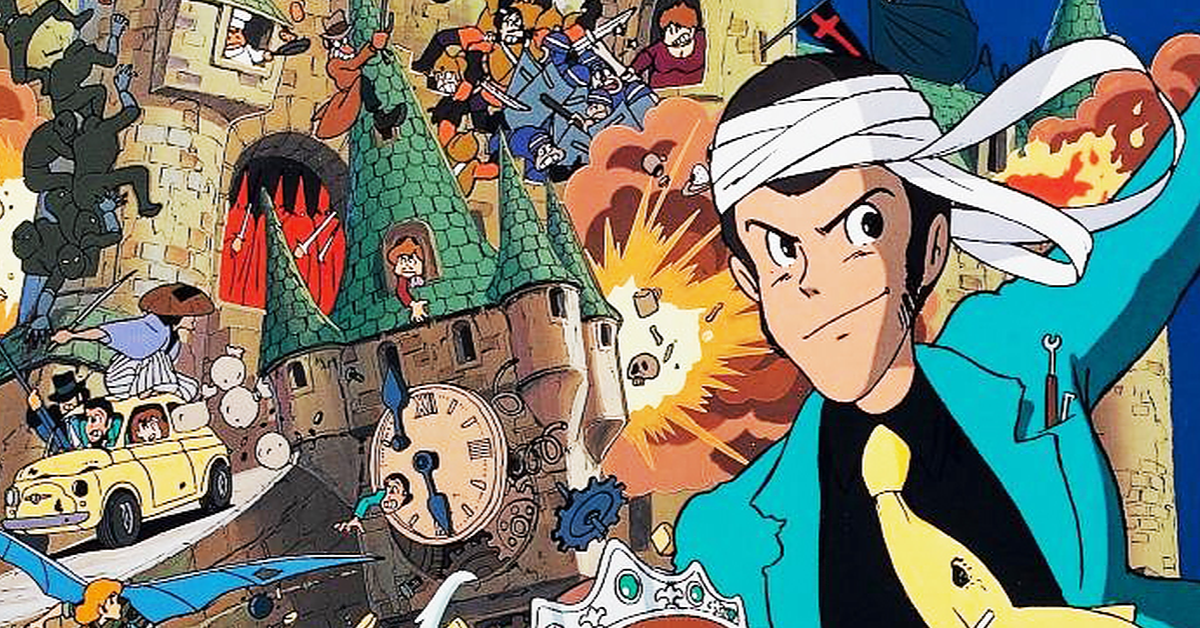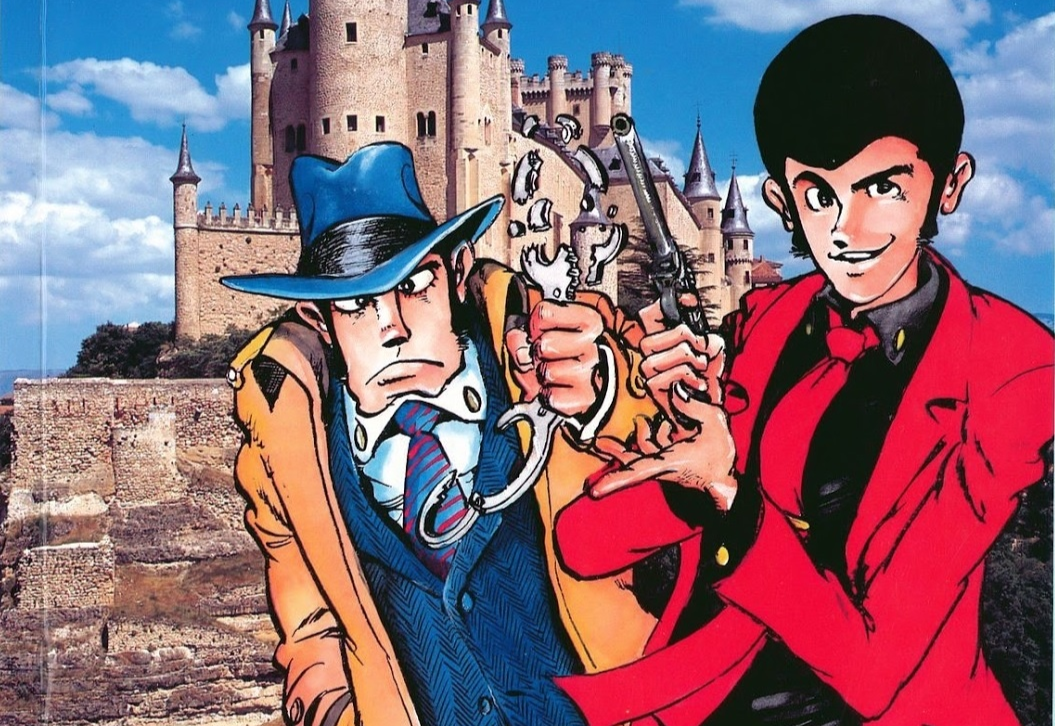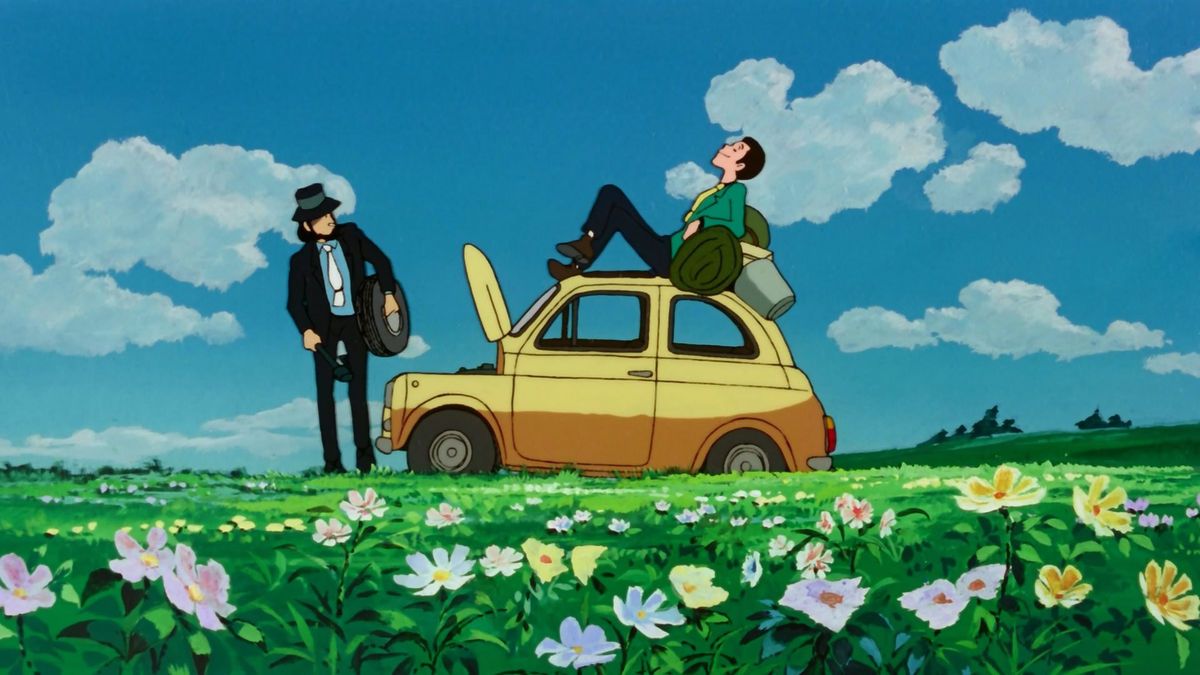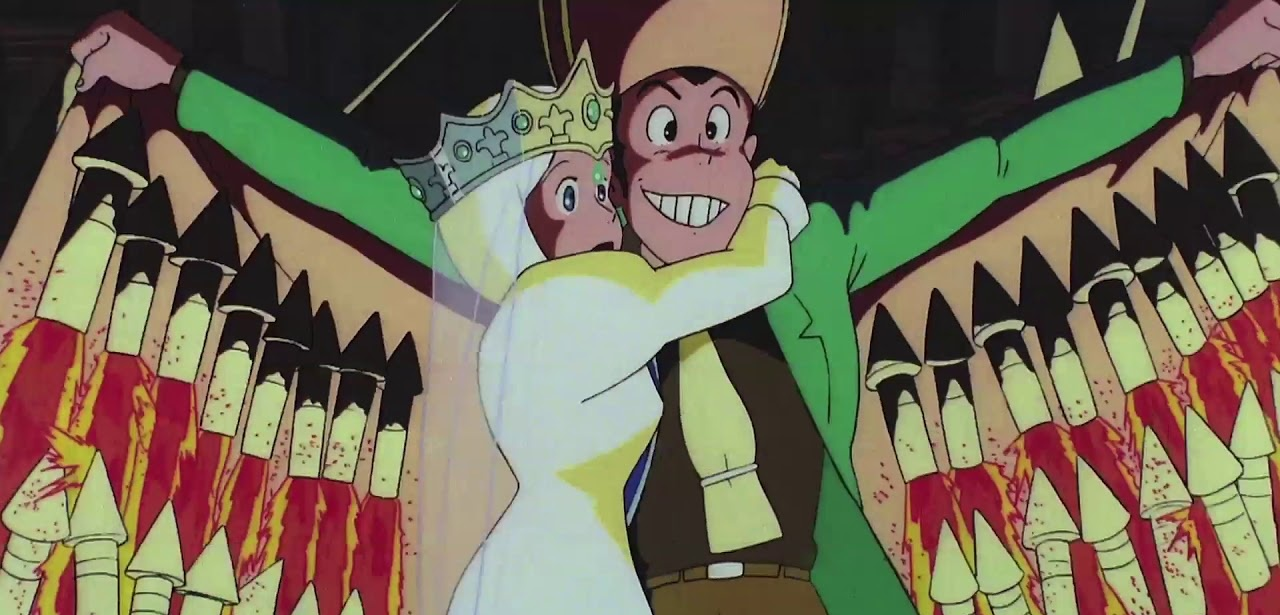Hayao Miyazaki is one of the most respected names in the animation, and, quite frankly, in the entire film industry. Often referred to in the same breath as Walt Disney, the Japanese filmmaker and manga artist is best known for the Oscar-winning, Spirited Away as well as My Neighbor Totoro, whose large, docile title monster serves as the mascot for the studio he co-founded, Studio Ghibli.
Spirited Away was released in 2001, while My Neighbor Totoro, although first released in 1988, took many years to become regarded as the classic piece of children's media that it is. These two films, and much of Miyazaki's other work, are in fairy tale or coming-of-age territory, a far cry from the source material of his directorial debut, Lupin the Third: The Castle of Cagliostro, which premiered 40 years ago, on Dec. 15, 1979. Despite that, the film has come to be viewed as a clear origin point for many of the famed animator's "Miyazaki-isms."
Although Miyazaki's works since The Castle of Cagliostro are hardly as overly sugared as most Disney films are (Princess Mononoke is filled with bloody decapitations and demonic, frothing-at-the-mouth boar demons), Lupin isn't a character you'd expect to find starring in one of his features. Rather than a self-possessed young witch or a cute, sea-spawned little girl, Arsène Lupin III is a gun-toting, chain-smoking, womanizing scoundrel. Created by Kazuhiko Katō, better known by his pen name, Monkey Punch, in the late 1960s, Lupin III takes heavy inspiration from James Bond, Casanova, the Three Musketeers and, of course, his namesake: Maurice Leblanc's Arsène Lupin, a top-hatted, French "gentleman thief" from the early 20th Century. In fact, Katō wrote Lupin to be the grandson of Leblanc's character.
Unlike his grandad, Lupin was looser on the gentleman part of his archetype's descriptor, which will probably surprise those who only know the character through The Castle of Cagliostro. Katō's manga is squarely aimed at adults and, as such, the adult characters in it do very adult things. Katō defines his cocky criminal as a "free roamer" who isn't tied down to anyone or anything, even his perpetual love interest, the femme fatale-leaning, Fujiko Mine. In fact, his earlier iterations were pretty lewd and messy, though it should be noted that Lupin never pushed his luck with his sexual conquests that didn't want to be, well, conquested.
Miyazaki wasn't the only animator to clean up Lupin's act for wider, viewing audiences: most of the animated adaptations of Katō's work reorient the character to be much more heroic and tone down the sex and violence -- with the exception of 2012's The Woman Called Fujiko Mine, an origin story for Lupin and Fujiko's relationship that hues much closer to the lusty spirit of the original manga, as well as the grooviness of the era the two characters were born in. The CG 3D, Lupin III: The First film from Toei (released in Japan, Dec. 6, 2019) looks as though it'll make Lupin's world more cartoonishly wacky than ever, which, along with its anniversary, makes this an even better time to look back at The Castle of Cagliostro.
The film's story, though far-removed from the tone of the Monkey Punch version, is actually perfect in keeping with one of the manga creator's other big inspirations: The Count of Monte Cristo. It takes the classic set-up of a beautiful woman taken prisoner by a dastardly villain -- in an actual castle, as the title gives away -- and remixes it with both a modern, money-laundering gangster plot and international crime caper. Though usually scattered in the wind, Miyazaki, along with co-scriptwriter, Haruya Yamazaki, brings Lupin's eccentric gang together to help their ringleader rescue the captured, young woman the thief becomes enamored with: gruff gunman, Daisuke Jigen, stoic samurai, Goeman Ishikawa XIII and the aforementioned Fujiko Mine, who has her own espionage angle to work.
If there's one word that could perfectly sum up Miyazaki's take on Lupin III it might be "shenanigans." Most of the almost Looney Tunes-esque style you can see in the trailers for the new Toei film can be traced back to The Castle of Cagliostro, which is a cavalcade of cat-and-mouse chase sequences and screwball humor. The goofiness wasn't welcomed by diehard fans, but Miyazaki fans curious about the director's early career will be well-rewarded by a gorgeously rendered and highly entertaining romp.
The Western Europe setting, as audiences would later see, is comfortably within Miyazaki's wheelhouse (Studio Ghibli's name is taken from a model of Italian aircraft, the industry Miyazaki's father worked in) as versions of it would come to feature prominently in most of his future work at Ghibli. More specifically, a hybridized, romantic view of that general area of the continent in all its pastoral quaintness; perpetually stuck in the middle of the century -- Miyazaki's childhood years.
Another signature feature of his Ghibli work, his strong female leads, can also be traced back to the 1979 film. Though it centers around a damsel in distress plot, the Catwoman-like presence of the capable Fujiko is a good counter-balance. Plus, Lady Clarisse herself, the kidnapped young woman, has all the feistiness you'd expect from future Miyazaki heroines down the line, despite the story being largely male-oriented.
The most marked difference between The Castle of Cagliostro and Miyazaki's later films is how surface-level it is as a piece of entertainment. This isn't to say that the film lacks any weight to it, though. Rather than being thematically heavy, its magic and heft are in its purity as an action-adventure story. Much like how Indiana Jones or the original Star Wars trilogy can be enjoyed as solid pieces of entertainment, The Castle of Cagliostro's greatest strength is simply how much fun it is to experience.
Though the film wasn't a huge hit at the time of its release, it firmly established Miyazaki's solo directorial chops, with Nausicaä of the Valley of the Wind following it in 1984 before 1986's Castle in the Sky became Studi Ghibli's first official release. Unbeknownst to Miyazaki at the time, it also inadvertently helped shape another animation giant, too.
Among the film's fanbase is former Disney Animation CCO, and the creative mind behind almost every Pixar movie, John Lasseter. Lasseter, an enthusiastic Ghibli fan, was actually one of The Castle of Cagliostro's earliest devotees, in fact, discovering the film in the early '80s and falling in love with it early into his own career. During his introduction to the first theatrical release of the film in the U.S in 2017, he gushed about the influence it had on him at the time. "Technically, artistically, story-wise, this movie was a tremendous inspiration for me and it had a tremendous impact on me."
Do we have The Castle of Cagliostro to thank for the greatest animated quadrilogy of all time, then? That might be a stretch, but the strength of Lasseter as a storyteller certainly owes a debt, in part, to Miyazaki's kid-friendly take on Japan's favorite, fictional criminal.




